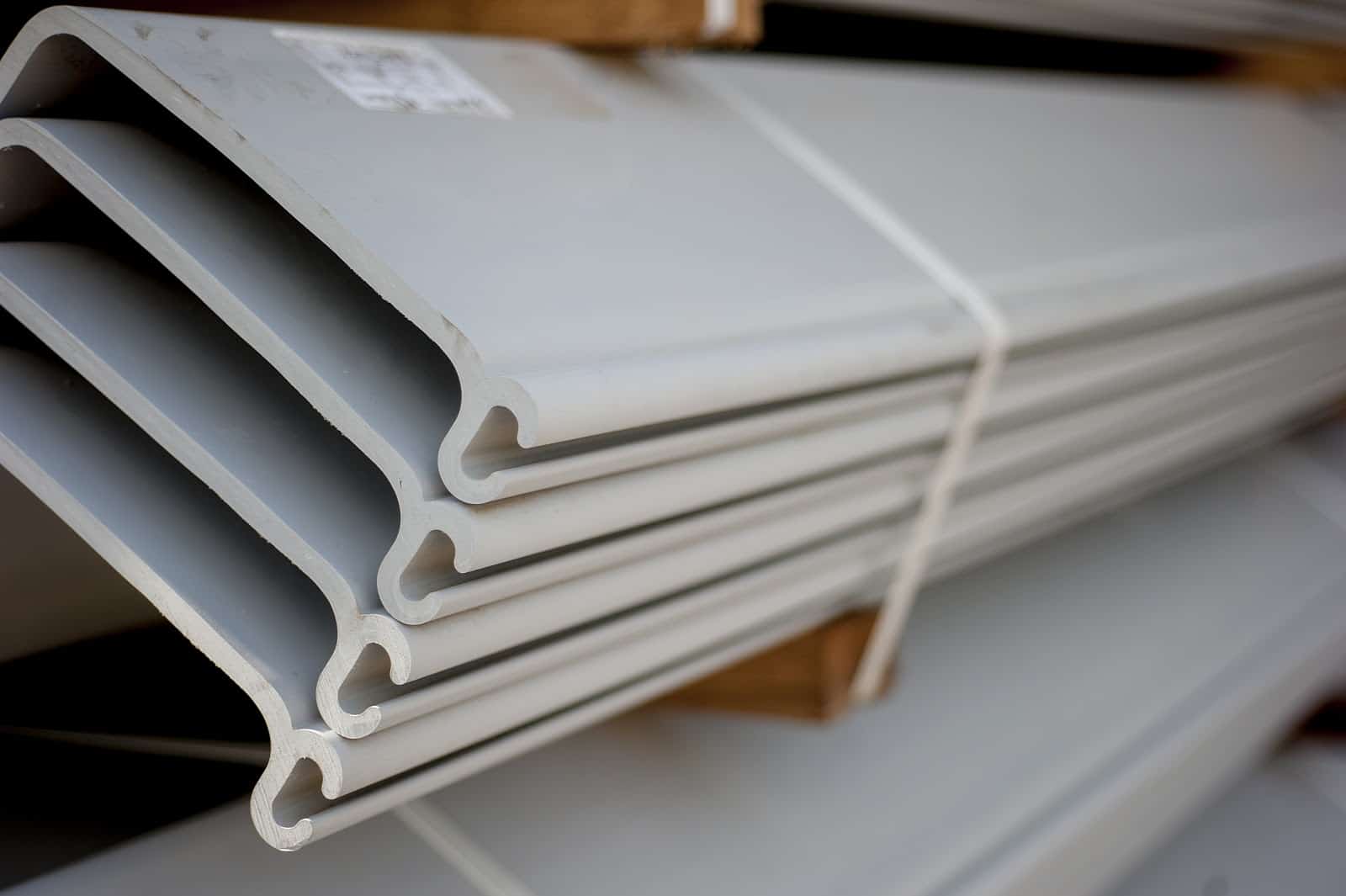
What is a Seawall, and What Do They Do?
If you live along the coast, you’ve likely seen seawalls. They might look like the foundation for a raised park overlooking the sea, or they might be a stretch of stones dividing the water from the beach.
But what is a seawall? What is its purpose, and why does it matter? Well, it turns out they matter quite a bit. We’ll answer these questions and more as we delve into seawalls and why they’re essential.
What is a Seawall?
Seawalls are a type of coastal defense for canals and bays that minimize the eroding impact of waves. These massive structures protect land in coastal areas from crashing waves. Usually, they are parallel to the shore and act as buffers against erosion.
Seawalls have been in use since ancient times to prevent coastal erosion. An archaeological dig unearthed a 7,000-year old seawall off the Haifa Coast.
Seawalls have specific designs that allow them to reflect wave energy back into the sea instead of letting them hit the land and cause potential damage and erosion. There are two basic structures of seawalls: vertical and riprap embankments.
Vertical Seawalls
Vertical walls are upright and sturdy to block waves from damaging the coastline. Vertical seawalls were some of the first types of seawalls built and continue to be important parts of many marinas and waterfront homes. Vertical vinyl walls protect the land from erosion over time by providing a shield from the force of incoming waves and currents.
Riprap Embankments
Riprap embankments consist of rubble mounds in which porous stones or sandbags cover the side exposed to the sea. Engineers will sometimes construct a riprap embankment in front of a vertical wall to lessen the force on the wall.
Many lakeside homeowners choose riprap because of its natural appearance and resistance to erosion, but it does have notable downsides.
These structures are not well-suited to every area, including wave-prone seasides and turbulent freshwater bodies. In the case of severe damage, riprap can be costly and time-consuming to repair.
Why are Seawalls Necessary?
In coastal communities, seawalls are needed to:
- Reduce the impact of waves on the coast, preventing coastline erosion
- Protect against flooding, protecting structures near the water from potential collapse due to erosion
- Prevent land from sliding toward the sea, holding it in place to protect valuable structures
- Minimize damage from waves during storms or hurricanes—large seawalls can even offer protection against tsunamis
Common Seawall Materials
Seawalls can consist of almost any material, granted that material can withstand saltwater and impact forces. These materials can include vinyl, concrete, and wood.
The material depends on the area, frequency, and power of the waves. Seawalls for lakes will differ from those used for rivers, which will differ from those best for oceans.
Let’s look at the three most common materials below:
Vinyl Sheet Piling (The Most Popular Choice)
Vinyl sheet piling is many people’s number one choice for seawall material. It’s more attractive than concrete and much easier to maintain than wood.
Vinyl is more prevalent for residential locations (and is also used for some municipal waterfronts) because it looks good and costs less. Vinyl doesn’t rust, rot, or crack when exposed to salty water. The material is also lightweight, making vinyl seawalls easy to transport and install.
Concrete
Concrete is not as popular as vinyl, but it is valued in industrial uses for its strength. Concrete seawalls use rebar (reinforced steel) and can last over 30 years if properly maintained.
For the best longevity, these structures require patching any cracks that appear. Whoever maintains it must ensure that the joints do not separate. It can be detrimental to the wall’s structural integrity if water gets in, so proper maintenance is essential.
Wood
Wood is a less prevalent material, but it’s usually less expensive than vinyl and composites. Seawalls made of wood aren’t as long-lasting, and they may be more prone to rot and damage.
Seawall Maintenance
The good thing about seawalls is that they don’t require much maintenance for how much impact they get.
Since the vertical walls are concrete, which is very strong and impact-resistant, the most they need is an occasional repair of the structure’s front. It’s rare for a vertical wall seawall to break or become damaged, but this typically only happens if a severe storm or impact to the wall occurs.
Do You Need One?
If you live near a body of water, you may be wondering if you need a seawall.
To determine if you need a seawall on your property, ask yourself the following questions:
- Does your property have a lot of erosion?
- Do you experience flooding, heavy rains, or rising sea levels?
- Are you concerned about the land around your home sliding or breaking down, putting your home at risk?
If you answered “yes” to any of these questions, you might want to consider getting your home inspected. A seawall can be beneficial to homeowners who live near bodies of water that erode the surrounding area.
Questions About Seawalls? Contact the Experts at Decks & Docks!
A seawall is the first line of defense against harsh, eroding waves. It can prevent floods, excessive erosion, and damage to structures and buildings due to large bodies of water.
If you have any questions about seawalls or installing them, contact the experts at Decks and Docks today! We’re proud to stock a variety of seawall types that will withstand the elements for many years to come.
- About the Author
- Latest Posts
Dan has worked for Decks and Docks for over twenty-five years. He managed the original Decks and Docks store in St. Pete, which is our largest store. Dan is simply the best all around. He knows more about this company and our products than probably anyone else. Dan currently works in Sales at our corporate office.
